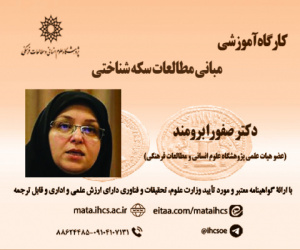محدوده نظارت دادگاهها بر آرای داوری؛ نقد یک رأی دادگاه تجدیدنظر تهران (مقاله علمی وزارت علوم)
درجه علمی: نشریه علمی (وزارت علوم)
آرشیو
چکیده
قانون گذار به دلایلی مانند سرعت، دقت، اعتماد، محرمانگی، کم هزینه بودن، و از همه مهم تر، حل وفصل تخصصی اختلافات به ویژه در عرصه تجارت، نهاد داوری را در قوانین مختلف به رسمیت شناخته است و در عین حال، در محدوده ماده ۴۸۹ قانون آیین دادرسی مدنی، نظارت قضایی شکلی را تجویز نموده است. نظارت قضایی خارج از ماده ۴۸۹ قانون آیین دادرسی مدنی و تفسیر غیرحقوقی از بند یک آن ماده، نه تنها موجب اطاله دادرسی می شود، بلکه باعث صرف چندین برابر وقت و هزینه، و بعضاً افشای اسرار تجاری و رسیدگی غیرتخصصی توسط قاضی ناآشنا به موضوع دادرسی می گردد و نتیجتاً نهاد داوری جایگاه و جذابیت خود را از دست می دهد. رأی مورد انتقاد، به نظر نویسنده، نمونه ای از این گونه آراء است که از حیث قواعد شکلی و ماهیتی مورد تحلیل قرار گرفته است و نتیجه تحلیل، واجد ایراد بودن آن رأی می باشد.The limits of the court supervision on arbitral awards; Analysis of an appeal court of Tehran
Legislators have recognized arbitration as a legitimate legal mechanism across various statutes, primarily due to its advantages such as efficiency, precision, confidentiality, lower costs, and—perhaps most importantly—its ability to resolve disputes through specialized expertise, particularly in commercial contexts. At the same time, Article 489 of the Iranian Code of Civil Procedure allows for limited judicial oversight, but strictly within a formal, procedural scope.
However, when judicial review extends beyond the boundaries of Article 489 or when its provisions—especially clause one—are interpreted in a non-legal or expansive manner, the consequences are counterproductive. Such interpretations lead not only to unnecessary delays in the resolution process but also to increased litigation costs, potential disclosure of trade secrets, and adjudications by judges who may lack subject-matter expertise. These effects undermine the very rationale for choosing arbitration in the first place and erode its institutional appeal.
The ruling under critique, in the author’s view, exemplifies this problematic judicial approach. It is analyzed here from both procedural and substantive perspectives, and the conclusion drawn is that the decision suffers from significant legal flaws.







